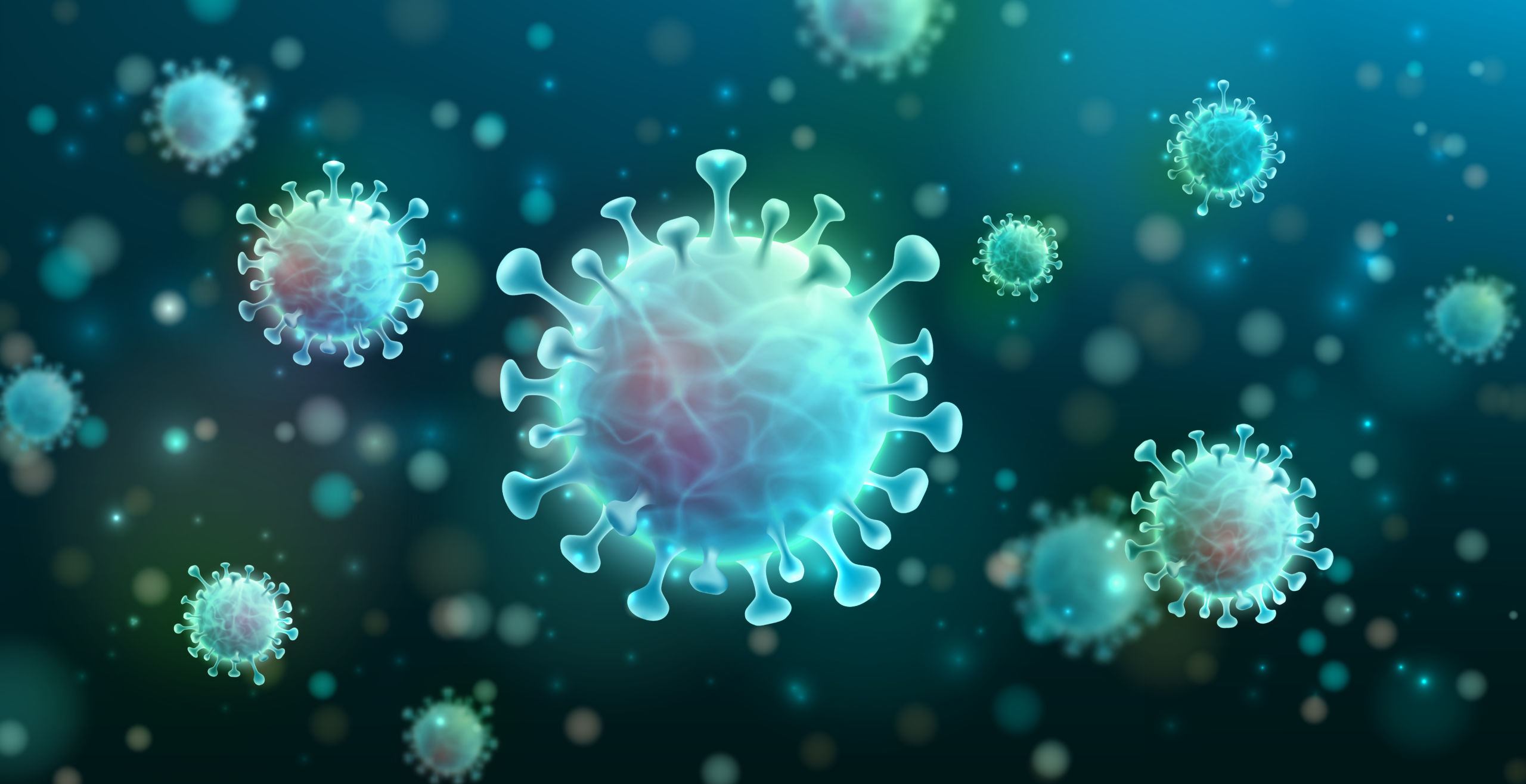

They visited hospitals, laboratories, companies, wet markets selling live animals, train stations, and local government offices. The team began in Beijing and then split into two groups that, all told, traveled to Shenzhen, Guangzhou, Chengdu, and the hardest hit city, Wuhan. (Yesterday, China reported only 206 new cases, and the rest of the world combined had almost nine times that number.) The epidemic in China appears to have peaked in late January, according to the report. Two weeks later, when the foreign experts packed their bags, that number had dropped to 409 cases. On 10 February, when the advance team of the WHO-China Joint Mission began its work, China reported 2478 new cases. Several countries have discovered that they already have community spread of the virus-as opposed to cases only in travelers from affected areas or people who were in direct contact with them-and the numbers of reported cases are growing exponentially. Just this past week, the number of affected countries shot up from 29 to 61. The report comes at a critical time in what many epidemiologists now consider a pandemic. There's also uncertainty about what the virus, dubbed SARS-CoV-2, will do in China after the country inevitably lifts some of its strictest control measures and restarts its economy. "I think there are very good reasons for countries to hesitate using these kinds of extreme measures." But Gostin warns against applying the model elsewhere. "The joint mission was highly productive and gave a unique insight into China's efforts to stem the virus from spread within mainland China and globally," adds Lawrence Gostin, a global health law scholar at Georgetown University. "This report poses difficult questions for all countries currently considering their response to COVID-19," says Steven Riley, an epidemiologist at Imperial College London.
"Hundreds of thousands of people in China did not get COVID-19 because of this aggressive response." "When you spend 20, 30 years in this business it's like, ‘Seriously, you're going to try and change that with those tactics?'" says Bruce Aylward, a Canadian WHO epidemiologist who led the international team and briefed journalists about its findings in Beijing and Geneva last week. The question now is whether the world can take lessons from China's apparent success-and whether the massive lockdowns and electronic surveillance measures imposed by an authoritarian government would work in other countries. "This decline in COVID-19 cases across China is real." "China's bold approach to contain the rapid spread of this new respiratory pathogen has changed the course of a rapidly escalating and deadly epidemic," it says. "I thought there was no way those numbers could be real," says epidemiologist Tim Eckmanns of the Robert Koch Institute, who was part of the mission.īut the report is unequivocal. The findings surprised several of the visiting scientists. These are some of the startling observations in a report released on 28 February from a mission organized by the World Health Organization (WHO) and the Chinese government that allowed 13 foreigners to join 12 Chinese scientists on a tour of five cities in China to study the state of the COVID-19 epidemic and the effectiveness of the country's response. And the number of new cases reported each day has plummeted the past few weeks.

Trials of experimental drugs are having difficulty enrolling enough eligible patients. Chinese hospitals overflowing with COVID-19 patients a few weeks ago now have empty beds.


 0 kommentar(er)
0 kommentar(er)
